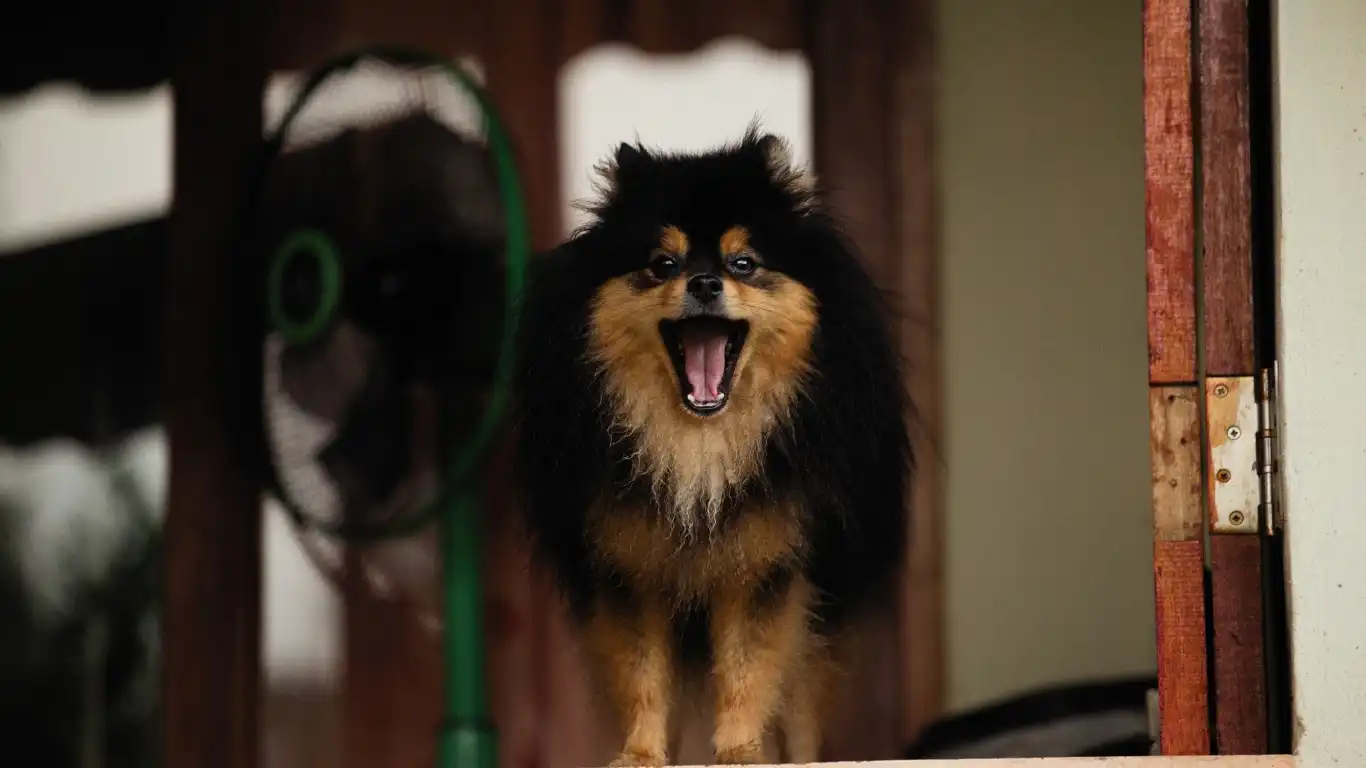Powerful Tips on How to Use Mealtime as Training Time for Dogs
If you’ve ever wondered how to use mealtime as training time for dogs, you’re not alone. As a Veterinary Technician specializing in nutrition, I’ve worked with countless pet parents trying to make the most out of those precious few minutes during breakfast or dinner. What many people don’t realize is that mealtime isn’t just about filling a bowl — it’s a golden opportunity to bond, teach, and reinforce good behavior. And trust me, dogs are more receptive than we think, especially when food is involved.
Why Mealtime is a Powerful Training Opportunity

In the clinic, I often tell clients, “Your dog’s stomach is the gateway to their brain.” That might sound a little funny, but it’s true. Food is a primary motivator, and when used correctly, it becomes a tool — not a bribe. When you’re serving up their daily meals, your pup is already tuned in and eager, which is exactly the state of mind you want during training.
Using this natural interest can help shape good manners, obedience, and even emotional control. I’ve seen anxious dogs learn calmness, and hyperactive dogs develop patience — all during breakfast. You don’t need hour-long training sessions. Just a few intentional minutes at every mealtime can work wonders over time.
Benefits of Training During Meals
- Builds consistency: Dogs thrive on routine. If they learn that training is part of every meal, they’ll begin to expect it and even look forward to it.
- Improves focus: A hungry dog is more likely to pay attention and work for each bite. That focus is key to shaping lasting behavior.
- Reduces resource guarding: When food becomes part of a calm and structured activity, dogs are less likely to develop possessive habits.
- Increases positive associations: Training becomes something fun and rewarding — not a chore.
Setting the Stage for Mealtime Training

Before you even scoop the kibble, think about your environment. Distractions matter. If the TV is blaring, or other pets are bouncing around, your dog’s attention might be scattered. Choose a calm space where they can focus on you. I usually recommend starting in the kitchen or a quiet room, away from windows or other pets, especially when first introducing mealtime training.
Tools You’ll Need
- High-value food – Even if you’re just using your dog’s normal kibble, make sure it’s something they genuinely enjoy. I’ve had clients mix a little warm water or bone broth to make it more enticing.
- Treat pouch or small container – It’s helpful to portion the meal and deliver it bite by bite, especially in the early stages.
- Clicker (optional) – If you’re into clicker training, it can be a great way to mark desired behaviors quickly and clearly.
Start Simple: The Sit-Stay Game
Here’s a little exercise I’ve personally used both in the clinic and at home: before placing the bowl down, ask your dog to sit and stay. If they break position, lift the bowl back up. No yelling. Just a gentle reminder: “Oops, try again.” Once they hold that position for a few seconds — even just three seconds to start — reward with the bowl. It’s simple, clear, and effective.
This basic practice teaches impulse control, one of the most overlooked behaviors in household pets. And it’s something you can build on over time, expanding to commands like wait, look at me, or even touch.
Understanding Your Dog’s Learning Style

Every dog is different. Some are eager beavers who’ll do backflips for kibble, while others are a bit more… let’s say “selective.” In my experience, smaller breeds like Yorkies or picky eaters like Shih Tzus may need more creative motivation, whereas Labs or Beagles often don’t require much more than eye contact and a scoop of their favorite chow.
Don’t be afraid to experiment. Try different command styles, reward timing, or break up their food into smaller training “bites.” I’ve even seen success with dogs who weren’t food motivated at all — once we figured out when and how to approach the session.
Incorporating Obedience and Manners Into Every Bite

Once your pup has mastered the basic sit-stay at mealtime, you can start layering in more obedience work. This is where the real fun begins — and where I’ve seen major breakthroughs, even in dogs that were previously labeled as “stubborn” or “untrainable.” During one consultation, a sweet but rambunctious Pit mix named Max went from lunging at his food bowl to calmly offering a down-stay within a week. All it took was consistency, patience, and well-timed bites of dinner as rewards.
Instead of giving the whole bowl at once, try delivering meals in small handfuls. You can ask for a series of commands — like sit, down, shake, and look at me — and reward after each success. It turns a 30-second feeding routine into a 5-minute training session packed with mental engagement.
Mixing It Up Keeps It Interesting
One thing I’ve learned from years of working with pets and their humans: dogs get bored just like we do. Imagine eating the same cereal every day, no conversation, no interaction — just… bland. The trick is to make meals unpredictable (in a good way). Throw in different commands. Change up the location. Ask for a trick before they even know food is coming.
I once worked with a client who started feeding their Labrador on a yoga mat in the living room while asking for rollover and spin commands. Their dog went from distracted and rowdy to laser-focused and excited to “work” for his food. The best part? They saw a massive improvement in leash manners and attention span outside the home, too.
Using Mealtime for Confidence-Building

Let’s talk about the shy dogs for a second — the wallflowers. I’ve worked with quite a few timid rescues who were hesitant to engage at all, let alone follow commands. But here’s where using mealtime as training time really shines. Food builds trust. When a dog sees that they can earn food just by taking a small step forward, making eye contact, or even wagging their tail, they start to feel more secure in their environment.
In one of my early cases, I had a fearful little terrier mix named Luna. She wouldn’t even eat in front of people at first. We started hand-feeding her tiny bites while quietly sitting a few feet away. Eventually, she’d approach and tap a hand with her nose for a piece of kibble. That tiny win — that single touch command — opened the door to more advanced training and helped her become more sociable over time. It’s not always about big obedience goals. Sometimes, success looks like a shy dog willingly eating next to you.
Desensitizing and Counter-Conditioning Through Food
If your dog struggles with sound sensitivity, new environments, or even being touched in certain spots, mealtime training can help with that too. Use these moments to pair mild versions of those triggers with food. For example:
- Brush in one hand, kibble in the other: Let your dog see the brush and get rewarded just for being calm.
- Light tapping on paws: Deliver a treat after each tap to build positive associations with nail trims.
- Door sounds or leash jingles: Play the sound softly while they’re eating, increasing volume slowly over time.
These are small steps that can make a big difference in how your dog feels about daily life. And because it’s all happening during mealtime, it feels natural and safe — not like a forced training session.
Teaching Self-Control and Patience With Food

One of the most valuable skills you can teach your dog is patience. Trust me, it’s a lifesaver — whether you’re waiting at the vet’s office, loading up the car, or trying to carry in groceries. Mealtime gives you the perfect framework for this.
Try adding a release command like “okay” or “take it” after your dog sits and waits for their bowl. Start with just a few seconds of stillness. Gradually build up to longer durations. If they break position early, no big deal — just reset. No corrections needed. You’re not punishing; you’re guiding. This teaches them that calmness gets rewarded, and jumping the gun doesn’t.
One of my regular clients, a busy family with three kids and a rambunctious Boxer, used this technique to help curb door-dashing. The same patience they taught at mealtime translated to the front door routine, making life way more manageable.
When to Involve the Whole Family
Consistency is key in training, and that means everyone in the household should be on the same page. If you’ve got kids, involve them in mealtime training (with supervision, of course). It’s a great way to teach responsibility, improve the dog’s bond with the entire family, and keep expectations clear.
I’ve seen kids as young as 5 successfully cue a dog to sit and wait before giving a meal — and the look of pride on both faces is absolutely priceless. Just keep it simple, positive, and structured, and always supervise those interactions to ensure safety and consistency.
#LNF





